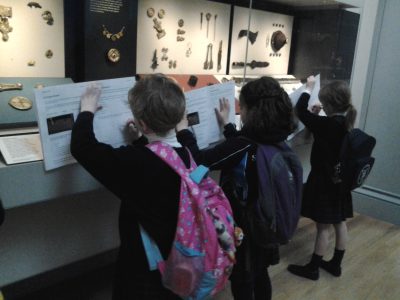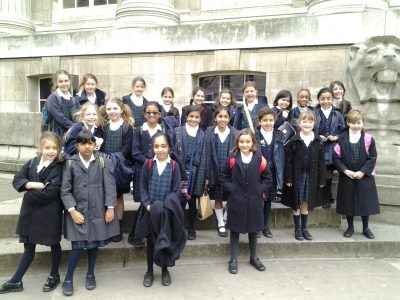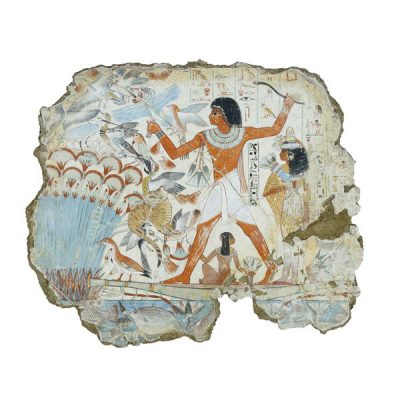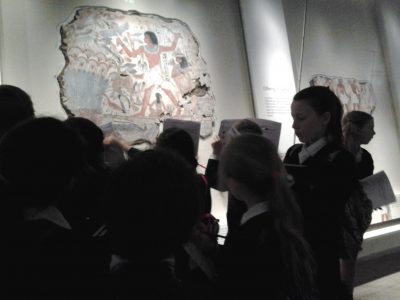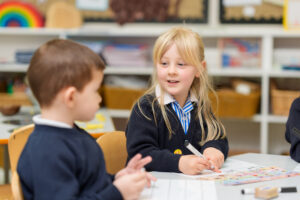History visit
Visits to sites of interest broaden the girls’ appreciation and understanding of their curriculum subjects and help to bring alive the topics studied. As an example of this, in the last week of the Lent Term, on Monday 21st March, Upper I visited the British Museum to conduct historical research in the Anglo Saxon and Ancient Egyptian galleries, with especial reference to the Nebamum Gallery. The girls thoroughly enjoyed their visit to the past and provided us with comments on their day.
Coroico Bottomley observed, ‘My favourite part was looking at the Rosetta Stone because I never knew that archaeologists used it to discover what hieroglyphics meant! I also liked looking at the sarcophagi because I never dreamed that they would be so big. They were about twice the size of me! I also really liked the paintings in the Nebamun Gallery.’
The British Museum’s website explains that the Nebamum Gallery ‘is an Ancient Egyptian gallery centred round the spectacular painted tomb-chapel of Nebamun. The paintings are some of the most famous images of Egyptian art, and come from the now lost tomb-chapel of Nebamun, an accountant in the Temple of Amun at Karnak who died c. 1350 BC, a generation or so before Tutankhamun. They show him at work and at leisure – surveying his estates and hunting in the marshes.’
Kyra Zorzy added ‘I really liked the whole trip but my favourite part was when we saw the mummified people. I know most people find them scary but they are quite interesting!’ while Alessia Bajenaru added ‘It was interesting to see how long things can survive!’
Harnoor Kaur enjoyed many of the exhibits, ‘I really liked the food and the weapons. I also liked the sarcophagi and the mummies. We found out that people put things in the coffin for the afterlife which they believed in.’
While Hannah Shahid summed up the whole visit by saying, ‘I liked the paintings of Nebamun hunting. The British Museum was brilliant!’
Categories: Junior Whole School


